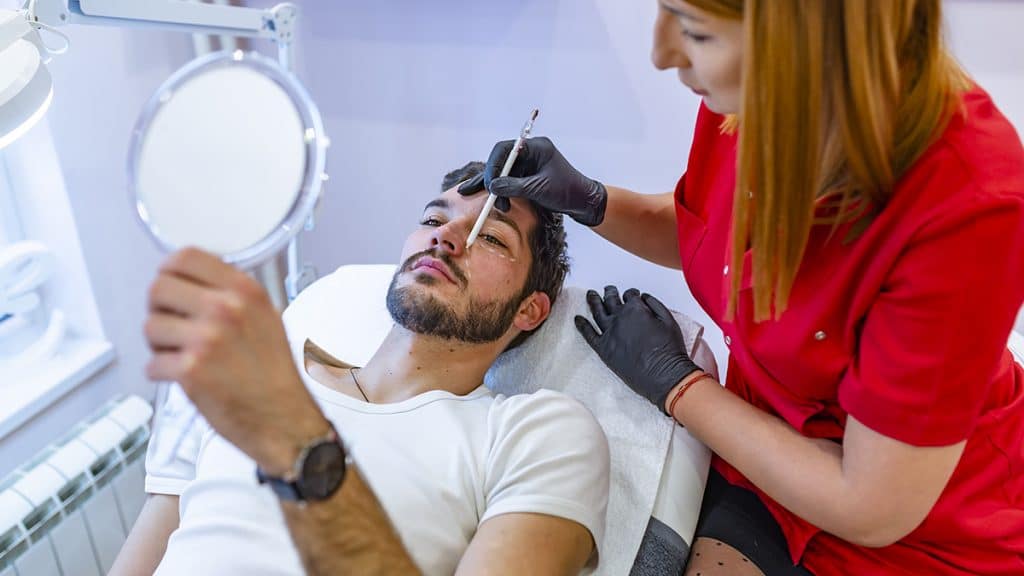Plasma Pen Treatment
Who says that you need to get under the knife to get rid of those loose, baggy skin? The cosmetic industry in recent times has incorporated modern technologies to help you look younger than ever. Plasma Pen treatment is one such technological invention that has helped them achieve great results. Wondering what it is and how safe it is for your skin? We unpack everything related to this treatment to make sure you have a sound knowledge regarding it before heading out to the Plasma Pen clinic to fight off your wrinkly skins. Let’s get to it.
What is Plasma Pen Treatment?
A fairly new cosmetic procedure, Plasma Pen helps in tightening your loose skin while also combating wrinkles and loss of collagen. To understand how this treatment works, we must have a clear grasp of how aging works.
There are essentially two primary layers of your skin. The inner layer, known as the dermal layer, is made of blood vessels, sweat glands, oil glands, connective tissues, hair follicles, and nerves, among others. As we grow older, this dermal layer starts thinning out. It also produces less collagen, which is the key structural protein of our skin. This results in our skin losing its elasticity, developing wrinkles, and ultimately sagging out.
Plasma Pen works its magic in a non-surgical and non-invasive manner to avoid this precarious situation. Using a microneedle, this procedure burns the concentrated dots on your sagging skin so that it can shrink and regenerate itself into new smooth skin. It also induces collagen in your skin during the process.
Since it targets fibroblasts, which are the cells responsible for producing collagen in your skin, it is also known as Plasma fibroblast therapy. Fibroblasts ensure that your skin tightens naturally while healing.
It is a multi-faceted procedure, meaning it has a wide range of applications. Contrary to popular belief, it is used on various parts of your body, and not just on your face. It can be used on your arms, forearms, hands, knees, lower legs, inner and outer thighs, tummy, breast, and butt.
To help you understand better, let us list down some of its most prominent use of Plasma Pen Treatment:
- Tightens your skin.
- Removes acne and its spots
- Prominently defines your jawline
- Can be used to remove tattoos
- Eliminates wrinkles and fine lines
- Eradicates stretch marks
- Facilitates facelift and neck lift
- Tightens eyelid (including both upper and lower eyelids)
- Removes sun spots, moles, blemishes, and other skin tags
- Generates new skin
How does the Plasma Pen Treatment Work?
Although it is a safe procedure, you should ensure that you receive this treatment from a professional dermatologist, skin specialist, or aesthetician. It is a meticulous process that requires precision and accuracy. Therefore, it has to be performed in a supervised and controlled environment. With this being sorted, here’s a laydown of how this therapy is initiated.
As the name suggests, this therapy makes use of a pen-like device to facilitate the process of skin tightening. This pen helps in generating artificial laser heat to your skin tissue, which results in your skin rapidly contracting.
As the natural structure of both the skin and skin fibrosis is disrupted, essential components such as elastin and collagen are activated. This, in turn, activates skin proteins such as fibroblasts and cytokines.
Now you must be wondering what happens to the leftover excess skin that remains after your skin tissue contracts. Many patients assume that this dead skin is hard to get rid of or that they have to go through some additional procedures to remove the damaged skin layer. Well, you don’t need to worry about it. These dead skins simply fall off like after drying, just like dried dandruff. You don’t have to take any extra measures for it.
Another major concern for patients that undergo skin cosmetic treatments is the level of pain involved. There’s good news in this regard too since it is almost a pain-free procedure. Yes, you might experience slight tingling sensations, but they are more like mild ant bites, which are sometimes too subtle to even notice. Besides, you will not experience any pain after the completion of the procedure, which can’t be said for a lot of other beauty treatments.
Steps Involved in the Plasma Pen Process
For clarity, here’s a step-by-step breakdown of the process of Plasma Pen Therapy. It should be noted that while the nuances of the procedure may vary from place to place, the basic formula is, same everywhere.
- First of all, the medical personnel will cleanse the skin and apply a topical numbing cream.
- You, then, have to wait for 30 minutes for the anesthetic cream to get activated.
- The medical personnel will then start treating the concerned area with the Plasma Pen.
- This will be followed by the professional wiping off/washing the numbing cream.
- Finally, a cooling gel will be applied to ease the tingling sensations on the treated area, if there are any.
The entire process usually takes around 60 minutes, but, of course, it is heavily dependent on how much area on your body is being treated.
What are the Benefits of Plasma Pen Treatment?
It goes without saying that when the option of non-surgical cosmetic methods is available, you should always opt for them over surgical methods. Going under the knife is not fun, and should be avoided as much as possible. Besides, not only does it not involve any cuts, but it also doesn’t use any chemicals, which is always a blessing for your skin. These two options alone put Plasma Pen therapy at the top of the safe cosmetic treatment list.
However, the benefits don’t end here. Here are some of its other benefits:
- Fast results
- Minimal side effects
- Guaranteed effectiveness
- Diverse (since it can be applied to various parts of the body)
- No pain involved
Are there Any Risks involved in Plasma Pen Treatment?
There aren’t any risks involved with Plasma Pen therapy apart from some minor tingling sensations. However, sensitive candidates might experience mild swelling and redness. Besides, this procedure is not recommended for pregnant and breastfeeding women and for those who are using isotretinoin. Some people are allergic to topical anesthesia. So, they also need to avoid this treatment.
Visiting Us
We, at 7DMC, firmly believe in making you acquainted with the entire procedure that you are about to undergo beforehand because we believe in transparency. Before the procedure, our expert panel of skin specialists also enquires about your past skin health to get a grasp over whether this method is suitable for you or not.
When it comes to taking care of your skin, you mustn’t compromise with quality and efficiency! That is the reason why we employ the finest technologies and latest medication methods to help you with your skincare and issues. The plasma pen treatment is one such service that we provide to our patients that have a high success rate and great feedback from the patients.
So, book your appointment for a Plasma Pen therapy and beat your age.
References
K. Wade Foster, Ronald L Moy, Edgar F Fincher – Research Gate – Advances in plasma skin regeneration. Available at:
https://www.researchgate.net/publication/23254628_Advances_in_plasma_skin_regeneration
Dominika Sersenová, Helena Gbelcová, Adam PolakovičShow, Zdenko Machala, Vanda Repiská – Research Gate – Effect of Plasma Pen Treatment and Plasma Activated Medium (PAM) On Cancer And Normal Cells. Available at:
https://www.researchgate.net/publication/324408643_Effect_Of_Plasma_Pen_Treatment_And_Plasma_Activated_Medium_PAM_On_Cancer_And_Normal_Cells
J. H. Choi, Y. S. Song, K. Song, H. J. Lee, J. W. Hong, G. C. Kim – NCBI – Skin renewal activity of non-thermal plasma through the activation of β-catenin in keratinocytes. Available at:
https://www.ncbi.nlm.nih.gov/pmc/articles/PMC5522407/
Mathew M Loesch, Ally-Khan Somani, Melanie M Kingsley, Jeffrey B Travers, Dan F Spandau – NCBI – Skin resurfacing procedures: new and emerging options. Available at:
https://www.ncbi.nlm.nih.gov/pmc/articles/PMC4155739/
Emilio Martines, Paola Brun, Roberto Cavazzana, Luigi Cordaro, Matteo Zuin, Tiziana Martinello, Chiara Gomiero, Anna Perazzi, Luca Melotti, Lisa Maccatrozzo, Marco Patruno, Ilaria Iacopetti – Science Direct – Wound healing improvement in large animals using an indirect helium plasma treatment. Available at:
https://www.sciencedirect.com/science/article/pii/S2212816620300019
- CATEGORIES : Aesthetic





